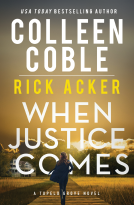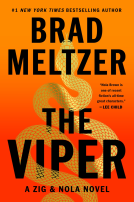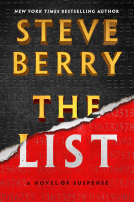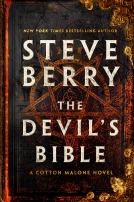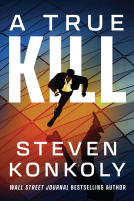
A Little Handbook for Preachers
Ten Practical Ways to a Better Sermon by Sunday
by Mary S. Hulst
This title was previously available on NetGalley and is now archived.
Send NetGalley books directly to your Kindle or Kindle app
1
To read on a Kindle or Kindle app, please add kindle@netgalley.com as an approved email address to receive files in your Amazon account. Click here for step-by-step instructions.
2
Also find your Kindle email address within your Amazon account, and enter it here.
Pub Date May 01 2016 | Archive Date May 19 2016
InterVarsity Press | IVP Books
Description
No function of the pastor is as visible and stress inducing as preaching. Being a good preacher requires learning the mental, emotional, spiritual and physical skills needed to effectively share God's word with a congregation. It demands a commitment to the craft of preaching. But few pastors feel adequately prepared for this high-stakes responsibility when they begin their ministries.
Mary Hulst knows what it takes to preach well. Forged by her experiences as a pastor, preaching professor and college chaplain, she recognizes the challenges of the pulpit. In this uniquely practical book, Hulst provides foundational concepts and tips that all pastors can use, whether they are ministry newcomers or seasoned professionals.
Preaching can bring both you and your congregation great joy and satisfaction, week after week. And A Little Handbook for Preachers can help you deliver a better sermon by Sunday.
Advance Praise
—Cornelius Plantinga Jr., author of Reading for Preaching
Available Editions
| EDITION | Other Format |
| ISBN | 9780830841288 |
| PRICE | $16.00 (USD) |
Average rating from 10 members
Featured Reviews
 Paul M, Reviewer
Paul M, Reviewer
I'm not a preacher nor the son of a preacher, but I am a seminary graduate. I've taken a few preaching classes and sat through my share of sermons. Mary Hulst's A Little Handbook for Preachers: Ten Practical Ways to a Better Sermon by Sunday is great for preachers, but people in the pew will benefit as well. I know I can use some help to be a better listener to sermons.
Hulst's Little Handbook is not as simplistic and "check-list-y" as it sounds. The cover makes it look like she's offering quick fixes to touch up a sermon before delivery. But Hulst gets to the heart of sermon content and preparation. She makes a crucial distinction between "Christian speeches" and sermons. I have certainly heard a few Christian speeches on Sundays. She describes a Christian speech as "a spoken address on a particular topic that may or may not refer to Scripture." By contrast, "a sermon is an oral event in which the speaker humbles him- or herself before the grand narrative of Scripture and, after seeking to understand what God is up to in a particular passage, invites the hearers to know God more." Rather than using Scripture to prove our point, preachers should "read the text to hear what God has to say." Amen to that.
In that same vein, Hulst draws a distinction between Bible class and the sermon. "The difference between a Bible class and a sermon is that while a Bible class can impact what we know, a sermon needs to also impact how we live." The art of preaching is to "create in our hearers a deeper desire to know and love God more." To meet that goal, sermons should be "grace-full," talking less about "this is what you need to do" and more about "this is what we get to do" because of what God has done. We relate to our listeners by being compelling, contextual, relevant, and embodied. We should draw on the lives of our listeners, and not so much on our own lives, for illustrations of the message.
A Little Handbook is highly practical, and, properly applied, will give a preacher much to think about when preparing a sermon. For my part, sitting in the pew, Hulst gives me much to think about, not in a critical way but in a constructive way. I won't be preaching any time soon, but I will show more appreciation to my pastor and be sure to give him positive feedback.
Thanks to NetGalley and the publisher for the complimentary electronic review copy!
Readers who liked this book also liked:
Jefferson Bethke; Jon Tyson
Christian, Parenting, Families, Relationships, Religion & Spirituality
Matt Chandler
Children's Nonfiction, Sports




